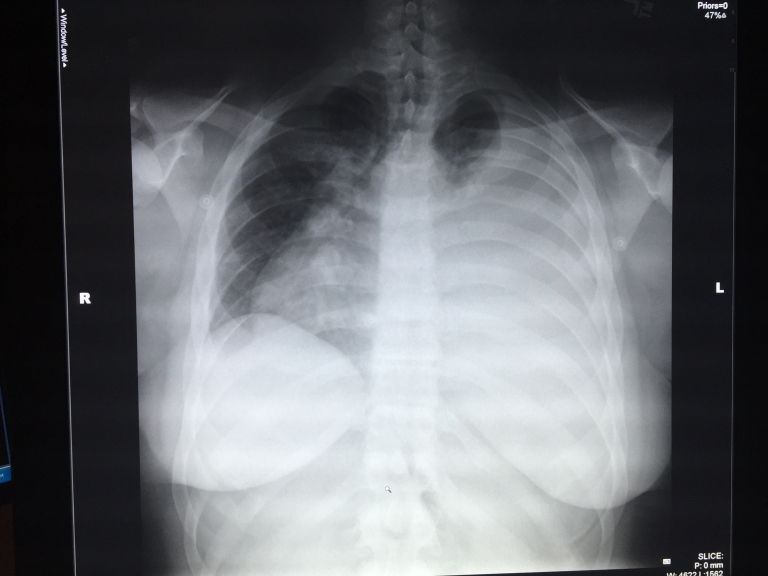Lateral Medical Term
Lateral medical terms play a crucial role in understanding various imaging procedures in healthcare. Among these terms, “lateral” refers to the side of the body or a specific direction used in medical imaging. This comprehensive guide aims to simplify and clarify the concept of lateral terms in medical imaging, aiding both healthcare professionals and patients in comprehending these crucial aspects.
What Does Lateral Mean in Medical Imaging?
Lateral imaging involves capturing views or images from the side perspective of the body. It provides a unique angle that complements traditional front-facing views, offering a comprehensive understanding of anatomical structures and abnormalities. The utilization of lateral views enhances the diagnostic accuracy of medical professionals in detecting conditions and assessing injuries or diseases.
Key Lateral Medical Terms Explained:
- Lateral Position: The lateral position in medical imaging involves imaging the patient from the side. This position helps in obtaining lateral views for various imaging techniques such as X-rays, MRI scans, and CT scans. It enables healthcare providers to observe different body structures from a side angle, providing additional diagnostic information.
- Lateral View X-ray: A lateral view or X-ray involves capturing images from the side of the body. This imaging technique aids in diagnosing bone fractures, spinal conditions, joint issues, and organ abnormalities by visualizing structures from a lateral perspective.
- Lateral Decubitus Position: This position requires the patient to lie on their side while performing specific imaging tests. It is commonly used in chest X-rays to detect conditions like fluid accumulation in the lungs.
Advantages of Lateral Imaging:
- Enhanced Visualization: Lateral imaging provides an additional dimension, offering healthcare professionals a more comprehensive understanding of anatomical structures.
- Accurate Diagnosis: By complementing frontal views with lateral perspectives, medical practitioners can better detect abnormalities, fractures, and conditions that might not be visible in traditional imaging.
- Precise Treatment Planning: The detailed information obtained from lateral images aids in formulating precise treatment plans, especially in orthopedics, dentistry, and respiratory conditions.
Applications of Lateral Imaging in Healthcare:
- Orthopedics: Lateral X-rays are important in diagnosing bone fractures, joint dislocations, and assessing spinal alignment for conditions like scoliosis.
- Dentistry: Lateral radiographs assist dentists in evaluating facial structure, jaw alignment, and planning orthodontic treatments like braces or aligners.
- Respiratory Medicine: Lateral position imaging aids in diagnosing lung conditions like pneumonia, pleural effusion, or assessing the extent of lung collapse.
Conclusion:
Understanding lateral medical terms and their role in imaging procedures is important in making diagnoses, treatment planning, and overall healthcare management. Lateral imaging provides invaluable insights into anatomical structures, enhancing diagnostic accuracy and improving patient care across various medical fields.

